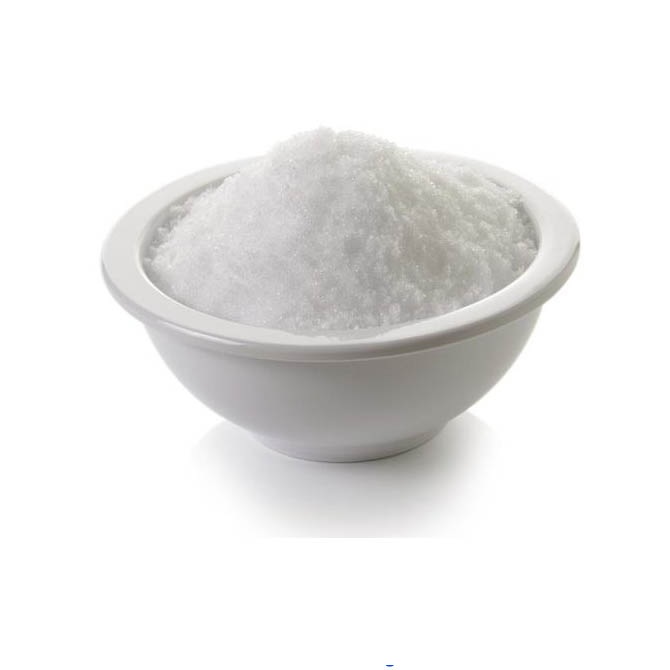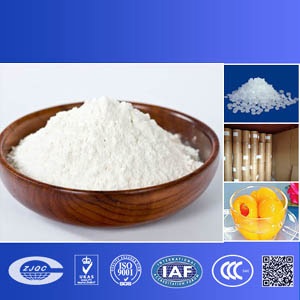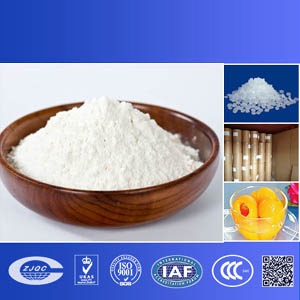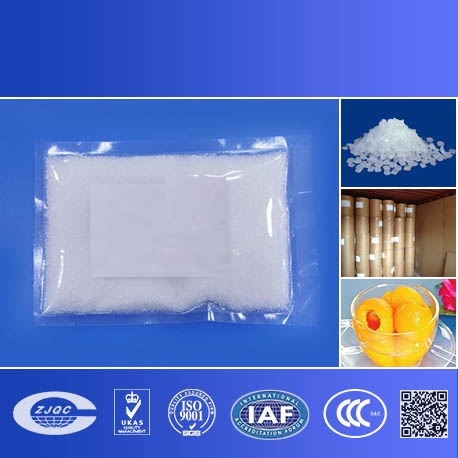Your Current Position: PRODUCTS > Nutrition enhancers
Search
L-Citrulline
L-Citrulline, is a naturally occurring amino acid. It is found in some foods like watermelons and is also produced naturally by the body. L-citrulline is used for Alzheimer’s disease, dementia, fatigue, muscle weakness, sickle cell disease, erectile dysfunction, high blood pressure, and diabetes
L-Cysteine Hydrochloride Anhydrous
L-Cysteine Hydrochloride Anhydrous, CAS# 52-90-4, is an amino acid commonly sold in dietary supplement form. Also found naturally in the human body, L-cysteine is available in many foods as well. Use of L-cysteine supplements is said to offer a variety of health benefits.
L-Glutamic Acid
L-Glutamic Acid, CAS# 56-86-0, is one of many non-essential amino acids that are produced in the body. Downstream derivatives of L-glutamic acid include salts and carboxylate anions, also known as glutamates. Glutamates and other L-glutamic acid derivatives are used in foods, flavorings, nutritional supplements and pharmaceutical products.
L-Glutamine
L-Glutamine, CAS# 56-85-9, is the most abundant amino acid found in human muscle and plasma. Over 60% of the free-floating amino acid pool in skeletal muscle cells is made up of L glutamine. It is also a primary nitrogen donor, meaning that it moves the nitrogen around in the body to where it is needed. Maintaining a positive nitrogen balance is absolutely necessary for muscle building. Glutamine Powder was once considered a non-essential amino acid because the body can make its own from the amino acids glutamic acid, isoleucine and valine.
L-Glutathione Reduced
L-Glutathione Reduced is an antioxidant in plants, animals, fungi, and some bacteria and archaea.
L-Histidine
L-Histidine, is thought to be a human essential amino acid, mainly children. After years of development, humans begin to synthesize it, and at this time become a non-essential amino acid. L-histidine is a semi-essential amino acid that is particularly important for infants and animals.
L-Isoleucine
L-Isoleucine, CAS#73-32-5, is commonly used in parenteral and enteral nutrition. It is used in combination with the other branched chain amino acids to improve the nutritional status of patients with hepatic diseases. BCAAs serve as important fuel sources for skeletal muscle during periods of metabolic stress; BCAAs may promote protein synthesis, suppress protein catabolism and serve as substrates for gluconeogenesis.
L-Lysine monohydrochloride
L-Lysine monohydrochloride is white granules or powder. Melting point: 263-264 ℃ Purity: ≥ 98%, mainly used as feed additives, food fortifier and pharmaceutical.
L-ORNITHINE HCL
L-ORNITHINE HCL is an amino acid that is primarily used in the urea cycle, which eliminates excess nitrogen from the body. It isn’t an essential amino acid in humans, meaning that it can be synthesized in the body.
L-Phenylalanine
L-Phenylalanine is an essential amino acid and is the only form of phenylalanine found in proteins. Major dietary sources of L-Phenylalanine include meat, fish, eggs, cheese, and milk.







